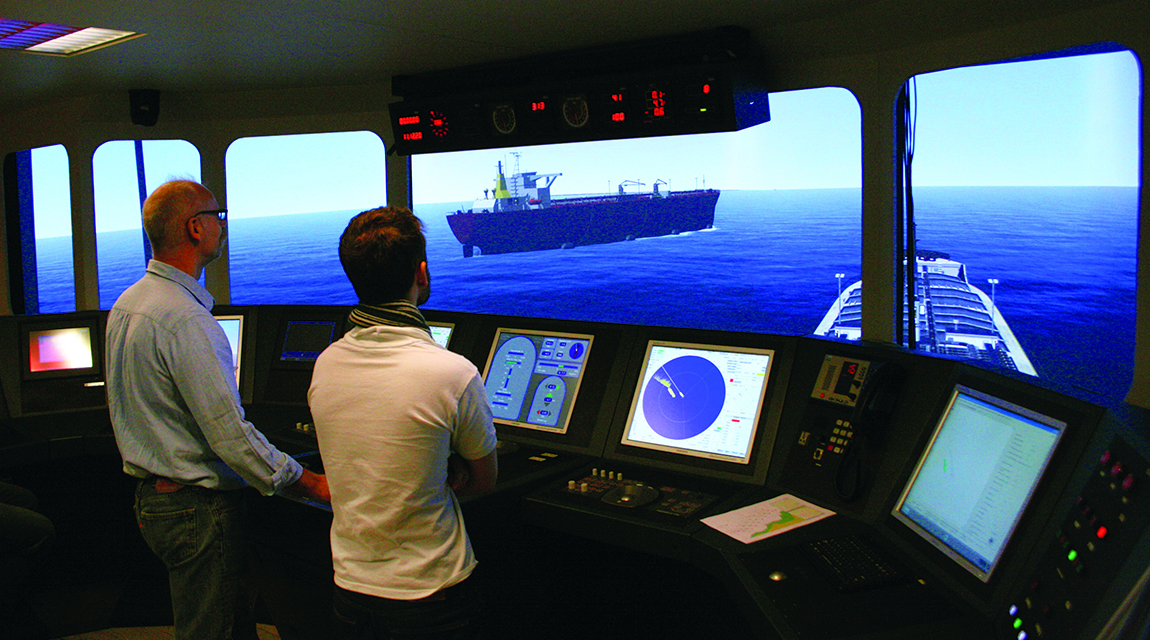Emergency Towing Training
The course enhances safe operation of Emergency Towing Vessels (ETVs) by improving the bridge team’s ability to carry out emergency towing safely and efficiently.
Goals and objectives
The course aims to enhance safe operation of Emergency Towing Vessels (ETVs) by improving the bridge teams’ ability to carry out emergency towing safely and efficiently. The participants will, during the course, improve their knowledge, experience and skills in handling of ETVs during towing operations in fair as well as extreme weather conditions. The objective of the training is also to provide the participants with hands-on training in handling of ETVs, knowledge of the simulated vessel’s operational limits and the opportunity of testing and improving manoeuvring strategies. Moreover, the lessons will give an increased knowledge, understanding and attention towards bridge management principles as well as the physical elements of handling an ETV.
Course description
Salvage training focuses on providing hands-on training in handling of modern salvage vessels engaged in salvage operations involving large vessels during normal as well as extreme weather conditions. The course consists of theoretical lectures, simulator exercises and debriefings with the use of sophisticated replay tools. Tug simulators are used both for training and for port studies (number, size and type of tugs can be determined).
Gains
After completing the course, the participants will be able to:
- Execute the planning of towing operations
- Ensure efficiency during a towing operation and adherence to the plan
- Preserve teamwork and communicate with all relevant parties (helicopter, VTS, casualty crew etc.)
- Acquire knowledge of decision making strategies
- Carry out salvage operations coordinating two or more ETVs
- Select strategies for towing of very large vessels
- Distribute towing forces on connecting point on board a casualty
- Execute Emergency Towing Booklet
- Complete a towing performed at night and/or in reduced visibility



